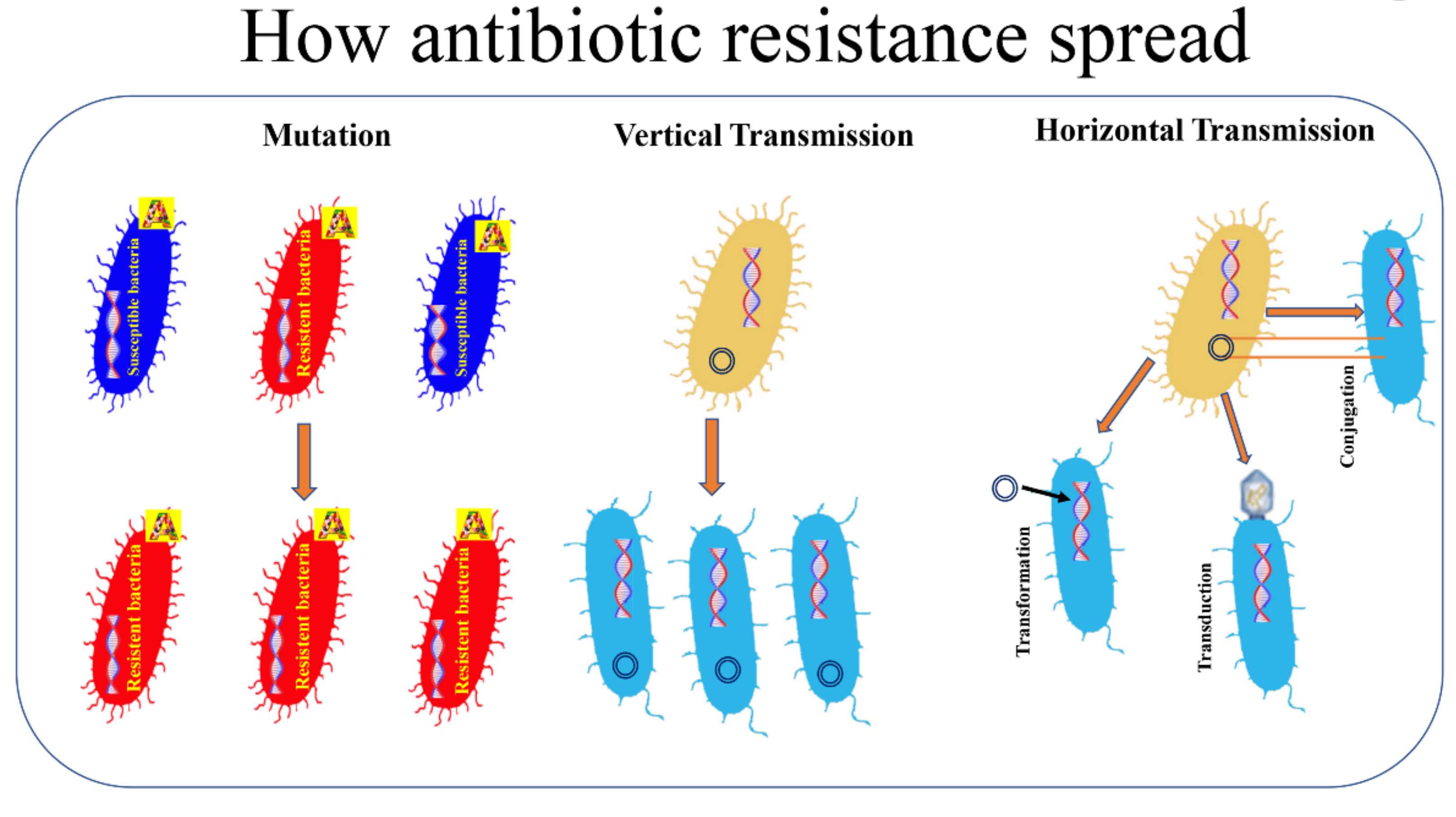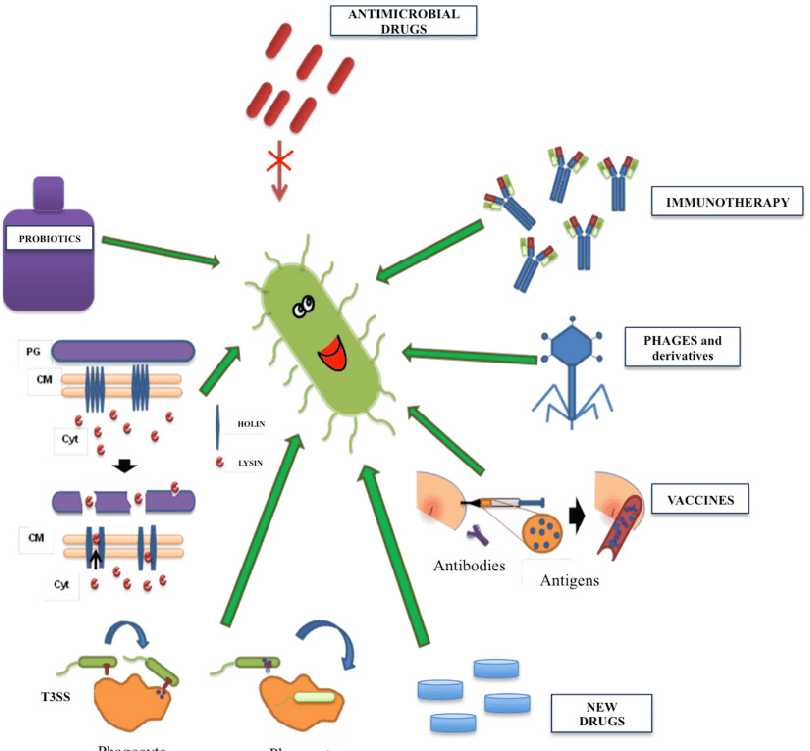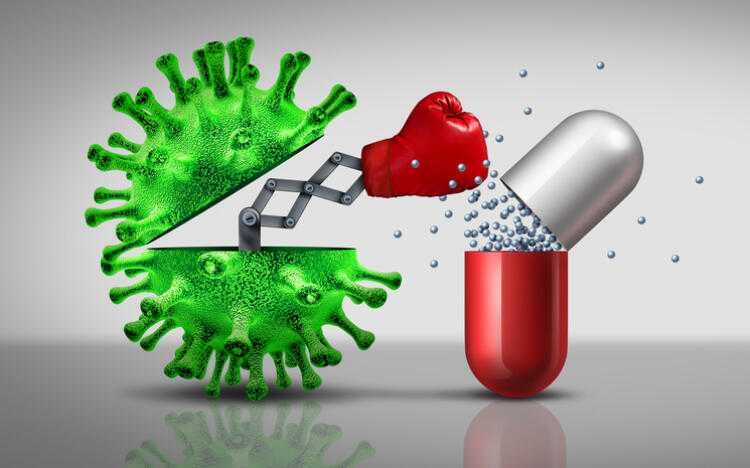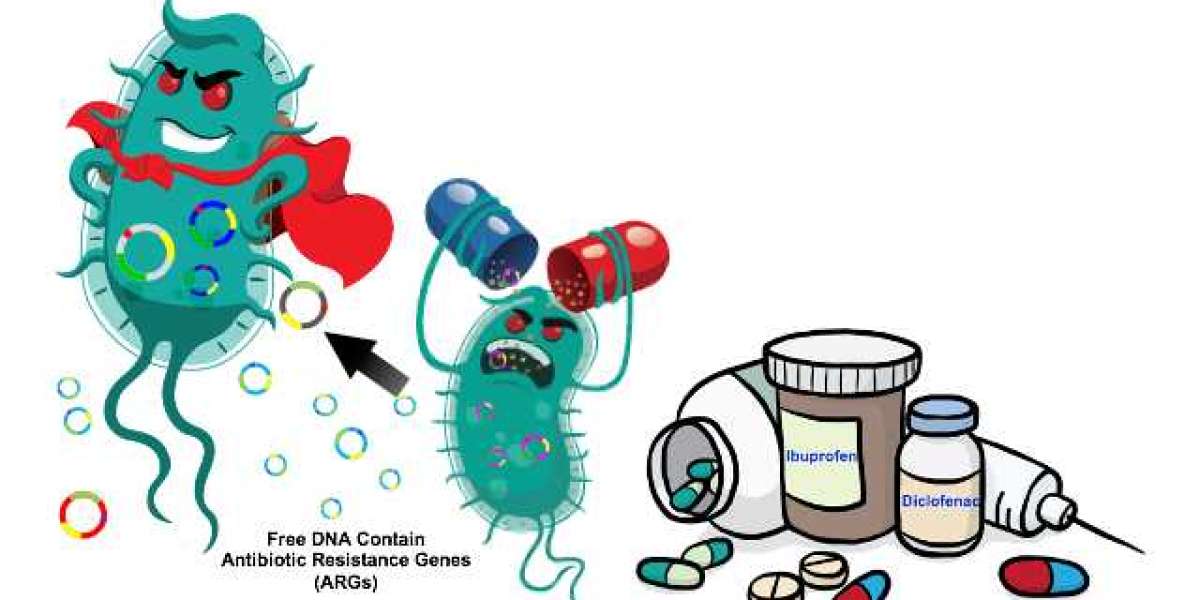BACTERIAL INFECTIONS:
A Bacterial Infection occurs when bacteria enter the body, increase in number, and cause a reaction in the body.
Bacteria can enter the body through an opening in your skin, such as a cut or a surgical wound, or through your airway and cause infections like bacterial pneumonia.
Antimicrobial resistance:
(AMR) is an inherent part of the issue of bacterial infections and represents a significant public health problem. The use of antibacterial agents is essential in the treatment of patients with bacterial infections.

However, the effectiveness of antibiotics is increasingly limited by the growing resistance of pathogenic bacteria, which significantly increases the likelihood of failure of antibiotic therapy. It can be said that AMR is not only a medical issue but that it affects the entire society as it begins to limit the further development of diagnostic and therapeutic practices in clinical medicine by reducing their success rate in the context of the increased morbidity and mortality of infectious complications due to multidrug_resistant bacteria.
The urgency of AMR increases with the requirement for adequate treatment of serious bacterial infections, especially in intensive care patients. In these cases, it is necessary to administer antibacterials as soon as possible, preferably within hours.
The key prerequisite for its successful solution is close multidisciplinary cooperation and the implementation of bacterial resistance surveillance, an essential part of which must be the determination of the selection of multidrug-resistant bacteria and the pathways and mechanisms of their spread, including their genetic basis as described, for example, in the study by Bogdanova et al., in this Special Issue.
This clearly suggests the need for the practical implementation of antibiotic stewardship, a set of measures leading to rational antibiotic treatment based on appropriate selection of antibacterial drugs, the duration of their administration, as well as the route of administration.

Such an approach is very comprehensive and includes a range of different activities, in particular:
- Adequate identification of bacterial pathogens and correct interpretation of microbiological results; the aim is to treat infections, not bacterial contamination or colonization;
- Assessing the frequency of bacterial pathogens in individual infections or infectious complications;
- Analysis of bacterial resistance to antibiotics (including sources and routes of spread of multidrug-resistant bacteria) in human, animal, and environmental settings using modern molecular genetic methods;
- Development of local and national guidelines for initial antibiotic treatment;
- Adequate antibiotic prophylaxis.

The application of pharmacokinetic/pharmacodynamic parameters and a personalized approach to the patient:
- Age;
- Kidney and liver function;
- Predisposition to allergies;
- Length of stay in the ward in the case of inpatients;
- Site of confirmed or suspected bacterial infection;
- Community-acquired or nosocomial infection;
- Severity of infection (mild, moderate or severe);
- Immune system status;
- Previous antibiotic treatment;
- Current medication with regard to possible interactions;
- Results of bacteriological monitoring of the patient.









Awalludin Ramlee 1 y
1. Take prescribed antibiotics as directed by your doctor.
2. Get plenty of rest and avoid overexertion.
3. Drink lots of water and other fluids to help flush out the bacteria.